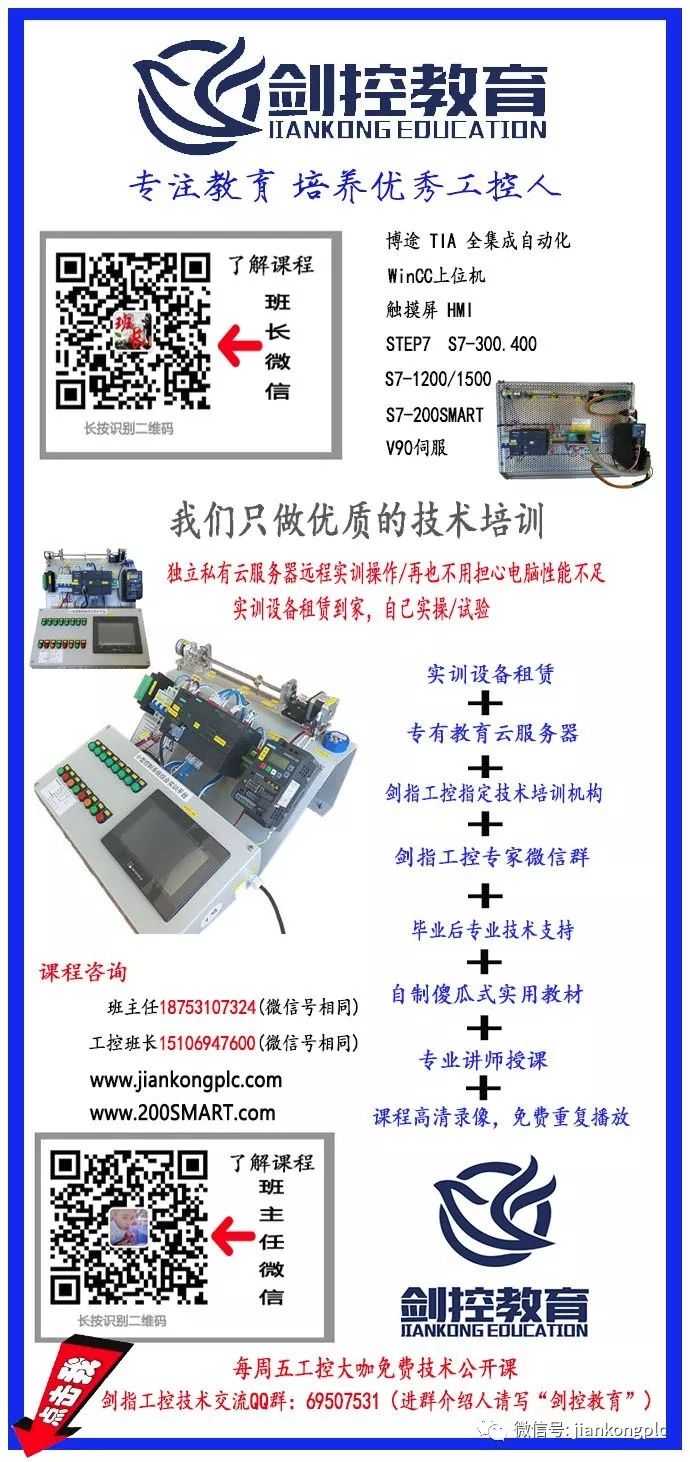Siemens Communication

1. Generally speaking, the communication network of an enterprise can be divided into three levels: enterprise level, workshop level, and site level.
Enterprise Level: Top-level management of the enterprise; IT technology applications are very extensive, such as the INTERNET.
Workshop Level: Solving communication between different process segments that need to coordinate work within the workshop; the main solution: Industrial Ethernet.
Site Level: The lowest level of the industrial network, directly connecting various devices on site, including I/O devices, sensors, transmitters, variable frequency drives, and other devices; the main solutions: PROFIBUS, as well as AS-INTERFACE and EIB bus technology; both AS-INTERFACE and EIB bus can be connected to PROFIBUS-DP via converters.
2. The PROFIBUS protocol consists of three main parts:
PROFIBUS-DP: Communication between master and slave stations uses a polling method, supporting high-speed cyclic data communication, mainly used for field-level communication in manufacturing automation systems.
PROFIBUS-PA: Power and communication data are transmitted in parallel through power, mainly used in explosion-proof situations that require intrinsic safety in process automation systems.
PROFIBUS-FMS: Defines the communication model between master and slave stations, mainly used for data exchange at the workshop level in automation systems.
3. The PROFIBUS fieldbus standard consists of three parts:
① PROFIBUS-DP (Decentralized Periphery)
② PROFIBUS-PA (Process Automation)
③ PROFIBUS-FMS (Fieldbus Message Specification)
4. ① PROFIBUS is a widely used, developed digital communication system, particularly suitable for factory automation and process automation fields. PROFIBUS is suitable for fast, time-critical applications and complex communication tasks.
② PROFIBUS-DP mainly focuses on factory automation, using RS485 transmission technology.
③ PROFIBUS-PA mainly focuses on process automation, typically using MBP-IS transmission technology, an extension of PROFIBUS-DP.
5. ① PROFIBUS-PA is suitable for process automation, connecting automation systems and process control systems with field devices such as pressure, temperature, and level transmitters, replacing the 4~20MA analog technology.
② PROFIBUS-FMS is suitable for solving communication at the workshop monitoring level. At this level, the central controllers (such as PLCs, PCs, etc.) require a higher volume of data transmission than the field level, but the real-time communication requirement is lower than that of the field.
6. MPI communication is a simple, cost-effective communication method that can be used when communication speed requirements are not high and data volume is small; the communication speed of the MPI network is 19.2Kbit/s-12Mbps, typically defaulting to 187.5Kbps. The RS485 interface on Siemens PLC S7-200/300/400 CPUs is not only a programming interface but also an MPI communication interface.
7. MPI communication methods between PLCs:
① Global data packet communication method: For data exchange between PLCs, we only care about the sending and receiving areas. The global data packet communication method configures the sending and receiving areas between the PLC stations that need to communicate during the PLC hardware setup, without any program processing. This communication method is only suitable for communication between S7-300/400 PLCs.
② Communication method using system functions:
⑴ Bidirectional communication method – both parties in the communication need to call communication blocks; one party calls the sending block (SFC65 X-SEND), and the other party calls the receiving block (SFC66 X-RCV).
⑵ Unidirectional communication method – only one party writes the communication program, establishing a client-server relationship; the CPU of the party writing the program acts as the client, while the party without a program acts as the server.
8. There are three ways to achieve communication from PLC to PLC via MPI: global data packet communication method, unconfigured connection communication method, and configured connection communication method.
① Global data packet communication method: During the PLC hardware configuration process, configure the sending and receiving areas between the PLC stations that need to communicate without any program processing. This method is only suitable for communication between S7-300/400 PLCs.
② Unconfigured connection communication method (maximum data packet size 76 bytes) has two types: bilateral communication method and unilateral communication method.
ⅰ Bilateral communication method: One party calls the data sending block SFC65 (X-SEND), while the other party calls the data receiving block SFC66 (X-RCV); both parties need to program.
ⅱ Unilateral communication method: Only one party writes the program, establishing a client-server access model. The party writing the program acts as the client, while the party not writing the program acts as the server. S7-300/400 can act as both client and server. S7-200 can only act as a server.
SFC67 (X-GET) is used to read back data from the specified data area of the server and store it in the local data area.
SFC68 (X-PUT) is used to write data from the local data area to the specified data area of the server.
③ Configured connection method: Only suitable for communication between S7-300 and S7-400 or between S7-400 and S7-400; the maximum data packet size is 160 bytes.
ⅰ When communicating between S7-300 and S7-400, S7-300 can only act as a server, while S7-400 acts as a client to read and write data from S7-300. In the S7-400 station, call the system function block SFB15 to send data to the S7-300 station and call the system function block SFB14 to read data from S7-300.
ⅱ When communicating between S7-400 and S7-400, S7-400 can act as both server and client.
Disclaimer: This article is a network reprint or adaptation, and the copyright belongs to the original author. If it involves copyright, please contact for deletion! No person or organization bears related legal responsibilities.